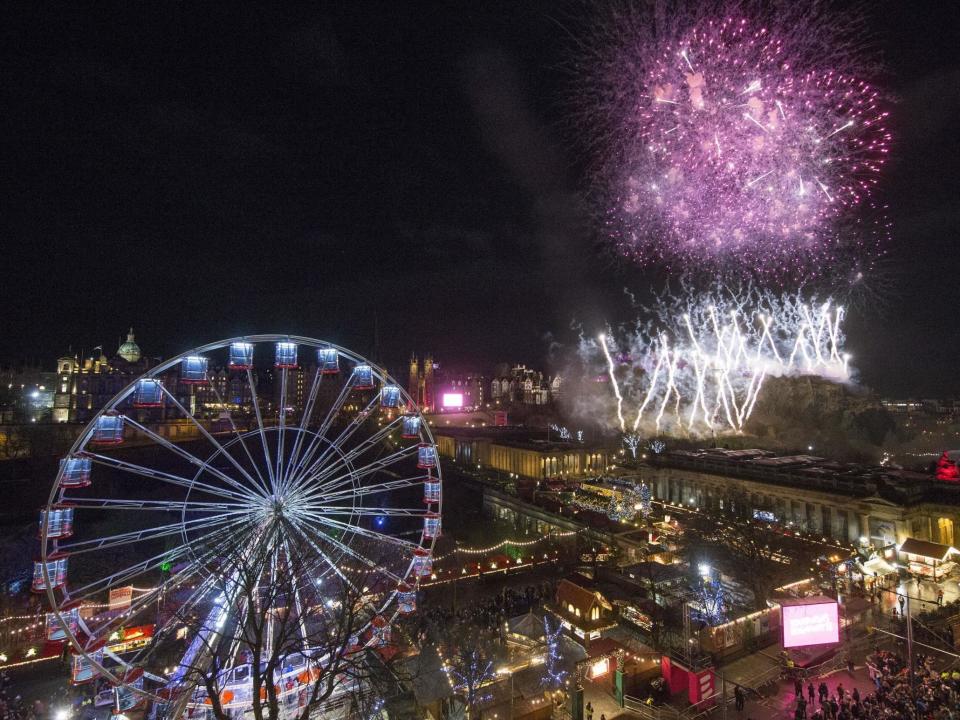Hogmanay 2019: What is it, what does it mean and how is it celebrated?

One of the largest and most exuberant New Year’s Eve celebrations in the world, Hogmanay will see tens of thousands of people attend street parties that are held in Scottish cities including Edinburgh, Glasgow and Aberdeen.
Some will continue the revelry well into the next day.
Here’s everything you need to know about Hogmanay, where the word comes from and how it is celebrated:
What is Hogmanay?
An annual event that takes place in Scotland to see in the New Year, it is observed over the course of several days, the pinnacle being New Year’s Eve.
The festivities often continue on 1 and 2 January, both of which are bank holidays in Scotland.
Although its exact origins are unknown, some believe that the celebration may have been introduced to Scotland by the Vikings, who invaded Scotland in the 8th and 9th Centuries.
The Norse raiders would celebrate the Winter Solstice with lively parties, a tradition that’s continued throughout the years for Scots celebrating the New Year.
Where does the word Hogmanay come from?
Defined as “the 31 December”, “New Year’s Eve” or “the last day of the year” in the Dictionary of the Scots Language, the etymology of the word is nonetheless a topic of debate.
Some believe the word originated in France, while others believing that it has Anglo-Saxon origins.
“The name could come from the Anglo-Saxon ‘haleg monath’ meaning holy month,” Dr Donna Heddle, director of the Institute for Northern Studies at the University of the Highlands and Islands, told the BBC. “But the most likely source seems to be French. In Normandy presents given at Hogmanay were ‘hoguignetes’.”
It’s believed that the word “Hogmanay” became more widespread after Mary Queen of Scots returned to her home country after visiting France in 1561.
How is it celebrated?
Festivities begin on 30 December with a traditional torchlight procession that passes through the Scottish capital of Edinburgh.
With thousands of spectators looking on, dancers and musicians make their way down the city’s Royal Mile, starting from Edinburgh Castle.
A huge ticketed street party then takes place. This year’s event is going to feature music from The Snuts, Vanives and Mark Ronson.
Similar festivities will also take place across the rest of Scotland, with cities including Glasgow and Aberdeen holding parties.
After midnight, Scots take part in a good luck tradition called “first-footing”, which involves being the first person to enter the home of a friend or neighbour.
The person entering the home of another is expected to bring them gifts such as whisky, shortbread or black bun, before being presented with food and drink by the host.
One Hogmanay tradition that’s spread across the world is the synchronised singing of Auld Lang Syne to see in the New Year.
The song derives from a poem written by Scottish poet Robert Burns.
It is custom to link arms with the people on either side of you when singing the song, the title of which can be translated as meaning “old long since”.
Read More

 Yahoo Sports
Yahoo Sports 